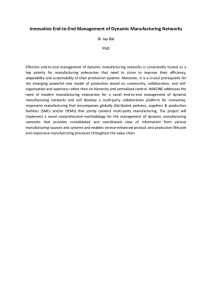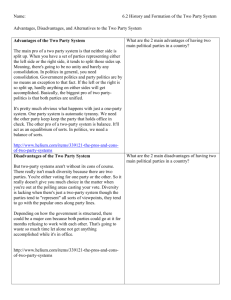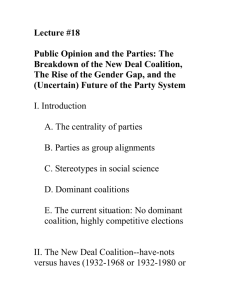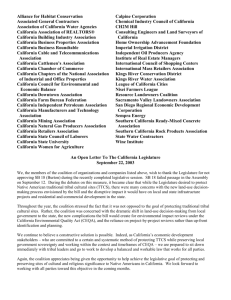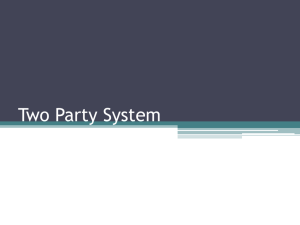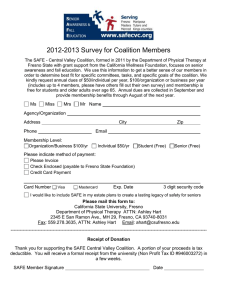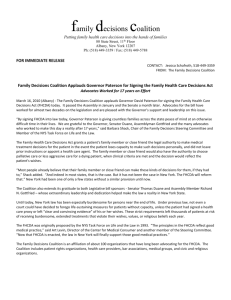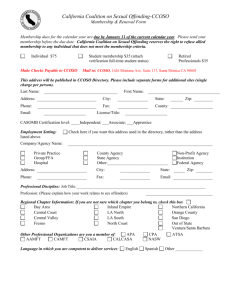Political Parties
advertisement
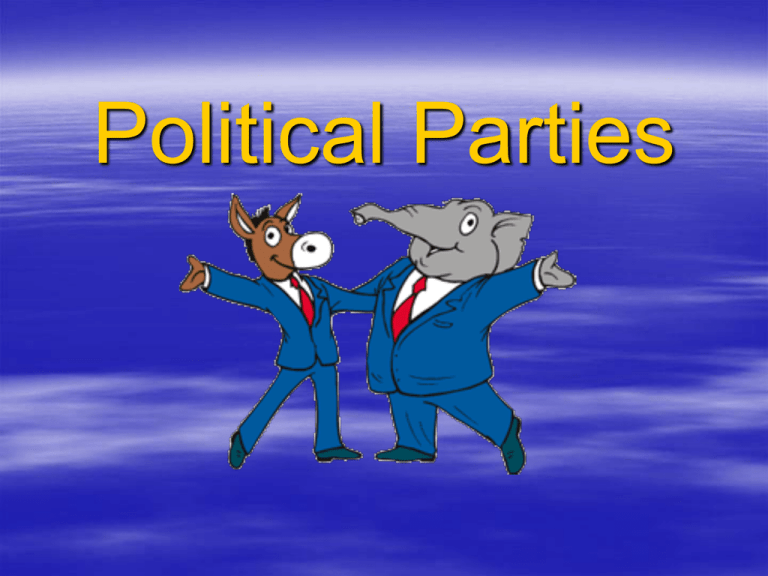
Political Parties What is a Political Party? An organization of people Share the same ideas of government Members committed to party goals Get candidates elected to office Get laws passed to aid party goals Party Systems Most countries have political parties Party systems – One party – Two party – Multi-party U.S. Party System Two party system – Two major parties vie for office – Other minor parties exist – Major parties – Democratic party – Republican Party Similarities of Major Parties in U.S. All value personal rights, freedoms Educational opportunities for all Economic opportunities for all Government duty- to protect nation Preserve environment Help citizens Differences Disagree on ways to meet goals Example: – Democrats- government directly helps the poor – Republicans- government helps economy and poor get jobs Benefits of Two Party System Stabilizing – Keeps people near the center – Extreme ideas not supported by populace Continuity – Government changes parties often – Transition is usually smooth Disadvantages Minority groups left out Ex. Civil rights Women's movement Needed major party support Multi-Party System Three or more parties- Japan, Israel Advantage- More voter choice Disadvantage- Voters divided No party gets majority votes Must form coalition government Coalition may not work– 50 governments in Italy since W.W.II One Party System Party and government are almost the same- China One party’s members run for office Head of government usually head of party Party members recruit new party members Party members given top government jobs

